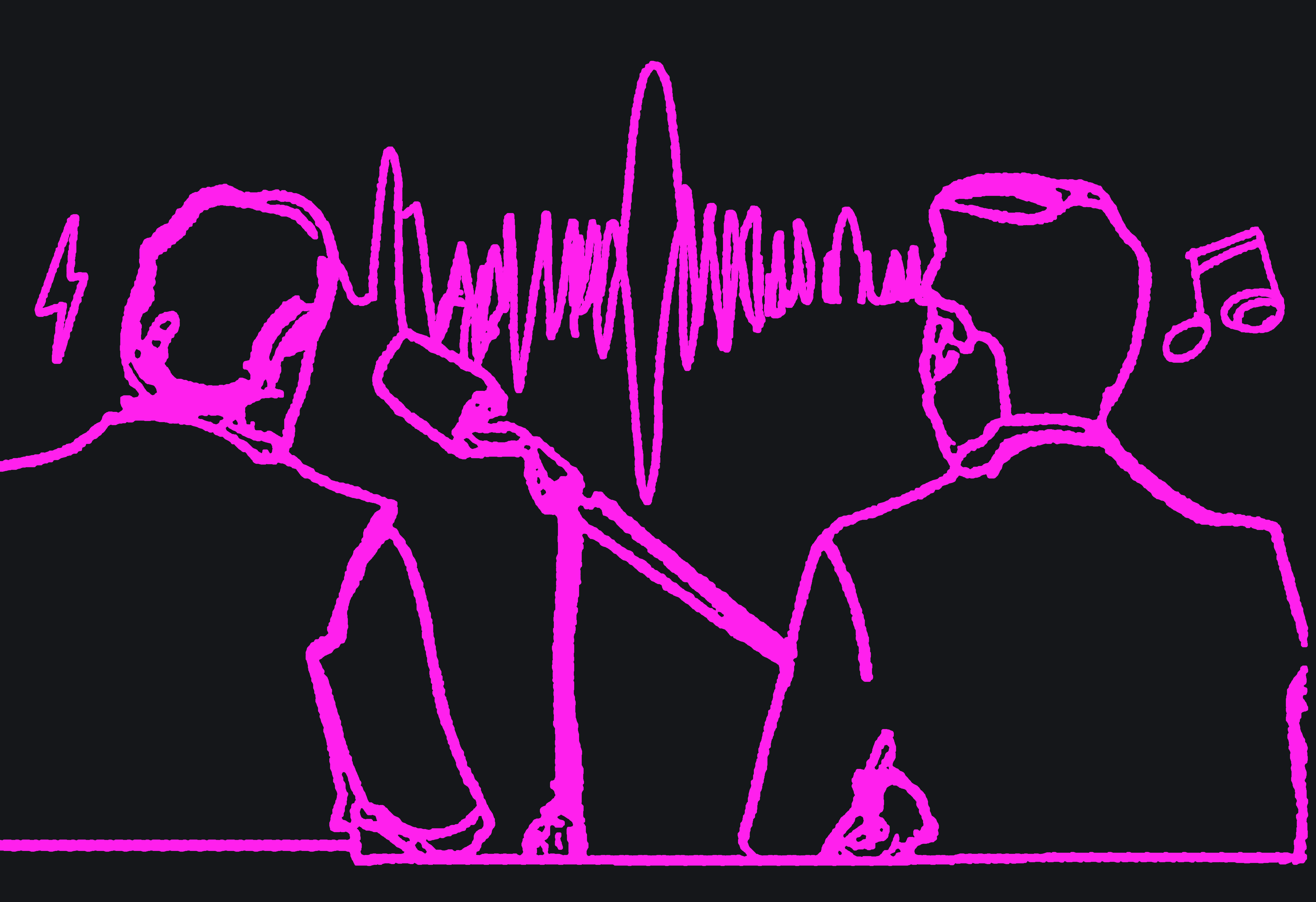Reverse Broadcasting

How open protocols will flip the way we count ears and eyeballs
Taylor Swift's "Cruel Summer" has been on heavy rotation this summer on my local pop radio station. I really don't mind hearing it every hour – it's a great song. It wasn't a big surprise then, when listening to the American Top 40 with Ryan Seacrest over the weekend, that the song popped up at the #3 spot.
But hang on. The station I have been hearing "Cruel Summer" on all summer (as well as Ryan Seacrest) happens to be an iHeartMedia station -- which also happens to own more than 860 radio stations across the US, plus the iHeartRadio digital music platform. They also own Mediabase, the company counting the radio plays that create the rankings for the Top 40. Conveniently, the majority of stations reporting to Mediabase are iHeartMedia stations.
So to summarize: the company programming a huge portion of popular music in the US also ranks the popularity of music based on what they chose to play in the first place.

As you're probably aware, we live in an extremely consolidated corporate media landscape. A handful companies program most of the content we see and hear, and another handful of companies "count" the seeing and hearing to determine how many eyeballs and ear holes are paying attention (usually to set prices for advertising). In some cases, like the example above, the companies are one in the same.
The problem here is audiences have largely been removed from the equation. We don't get to choose what goes on most mainstream radio stations or what is featured on our favorite streaming service. That is determined for us, and is most likely based on factors having nothing to do with our individual taste or preferences. Or more commonly today, our prior behaviors are pushed through an equation and we're recommended content based on a formula that's aimed at maximizing our engagement. Either way, we're left with a narrow set of possibilities.
A potential solution to this problem is finally giving audiences a voice.
At Wavlake, we're using a combination of Bitcoin and a cryptographic data protocol known as Nostr to publish payment events to artists that can be verified by anyone observing our feed.* This means people outside of our company are able to see what songs are receiving payments from fans – not only how much, but how often, and in cases where the fan wishes, from whom. We believe this kind of system can create a much richer and more accurate way of determining "popularity".
But it goes beyond that. Because we're building on a system where fans are opting-in to support artists via micropayments, those payments can serve as much stronger signals for reflecting how valuable a piece of content is to an individual. Instead of tracking passive listening, we can track active engagement and enthusiasm. Imagine a music recommendation engine built on that kind of very specific, high-signal data, and you potentially have a much better way to point people to new artists they might actually like.
In a way, this is kind of like broadcasting – but in reverse. Here, the signal isn't just going out to the audience. It can also be reflected back from the audience with additional information.
If we can do this in a way that's open and standardized, both artists and fans could benefit by not having their interactions confined to specific platforms. And then maybe we can build a Top 40 (or several) that are more reflective of true individual choices and tastes.
*Technical Note: A Nostr zap receipt is not yet a verifiable proof of payment. As an observer, you can confirm the amount for the invoice was requested by a specific user. But a zap receipt in itself is not a trustless proof to third parties that an actual payment happened. In short: anyone can fake a zap. This is a technical limitation at the moment.
